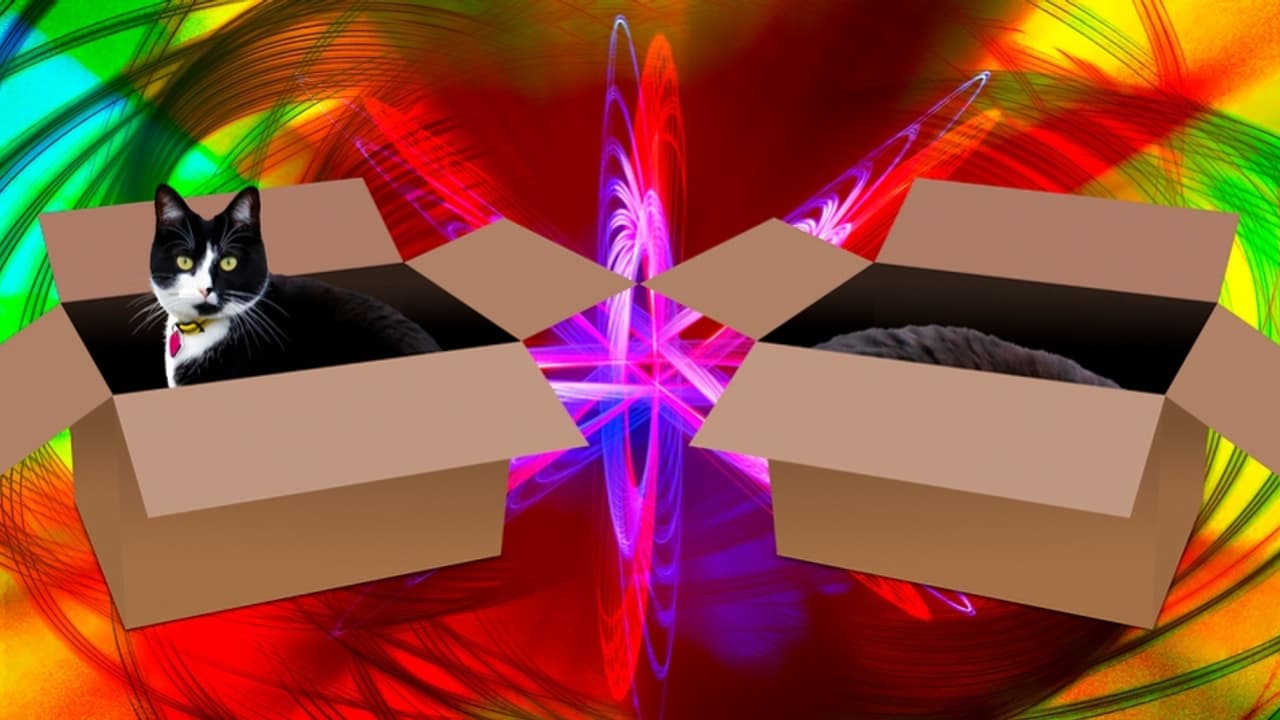Quantum physics has shaped modern technology but still baffles even top scientists. A major new survey shows that most physicists can’t agree on what it means, proving that nobody really understands quantum reality yet.
Have you ever felt confused by quantum physics? Ever thought you’ve read enough and still don’t understand quantum physics? Don’t worry, you’re not alone! Even the world’s best scientists don’t completely understand it. A major new survey published in Nature reveals that most physicists don’t agree on what quantum theory actually means. It’s not just confusing for regular people, it’s a puzzle even for the experts.
What is quantum physics?
Quantum physics is the science that explains how tiny things such as atoms, electrons and photons behave. It’s very different from the physics we see in everyday life. In our normal world, things have a place and a speed. But in the quantum world, things can be in many places at once. They can also behave like both particles and waves.
This strange behavior was first discovered more than 100 years ago, when scientists realized that classical physics didn’t work on the atomic level. Since then, quantum physics has helped create lasers, LED lights, MRI machines and even smartphones. But the truth is, we still don’t fully know how or why it works.
Scientists don’t agree on what it means
To mark 100 years of quantum physics, Nature surveyed over 1,100 physicists. The results showed that scientists are deeply divided. There is no clear agreement on what quantum theory really says about reality.
36% believe in the Copenhagen interpretation, the most popular idea. It says that things only become ‘real’ when someone observes them. Before that, they exist in many possible states.
A famous example is Schroedinger’s cat. In theory, the cat is both alive and dead in a box until someone looks inside. This idea is strange, but it’s the simplest one many scientists accept.
The multiverse: Many worlds, many realities?
Another 15% of physicists support the many worlds interpretation. This idea says that every possible outcome actually happens, but in a different universe. So if you measure a particle’s position, there’s another universe where it ended up somewhere else.
US physicist Sean Carroll says this may sound wild, but reality is often stranger than we expect. In this view, there is no collapse of possibilities, just infinite parallel worlds.
Is there a boundary between quantum and classical worlds?
One big debate, as per the study published in Nature, is whether there’s a clear line where the quantum world ends and the ‘normal’ world begins. On this question, scientists are evenly split:
- 45% said yes, a boundary exists.
- 45% said no, it’s all one continuous system.
- 10% weren’t sure.
That means we’re still guessing about how the weird world of quantum physics connects to the world we live in.
No one is truly confident
When asked if they were sure about the interpretation they believed in, only 24% of scientists said yes. In fact, three out of four physicists think that one day we will have a better theory to replace today’s quantum mechanics.
This shows that quantum physics, while useful, is still full of unanswered questions. Behind the math, we don’t really know what’s going on.
A hundred years of useful confusion
Quantum mechanics began with the work of Heisenberg and Schroedinger in the 1920s. They created powerful mathematical tools called the wave function, which can predict what might happen to a particle. These equations have worked perfectly for a century.
But when we ask, ‘What’s really happening behind the numbers?’ there’s no clear answer. Scientists still debate what the math means in the real world.
Still confused? So are the experts
If quantum physics leaves you scratching your head, take comfort in knowing that even Nobel Prize-winning scientists are still puzzled. That’s the beauty of science. It’s not always about having all the answers. Sometimes, it’s about asking better questions.
